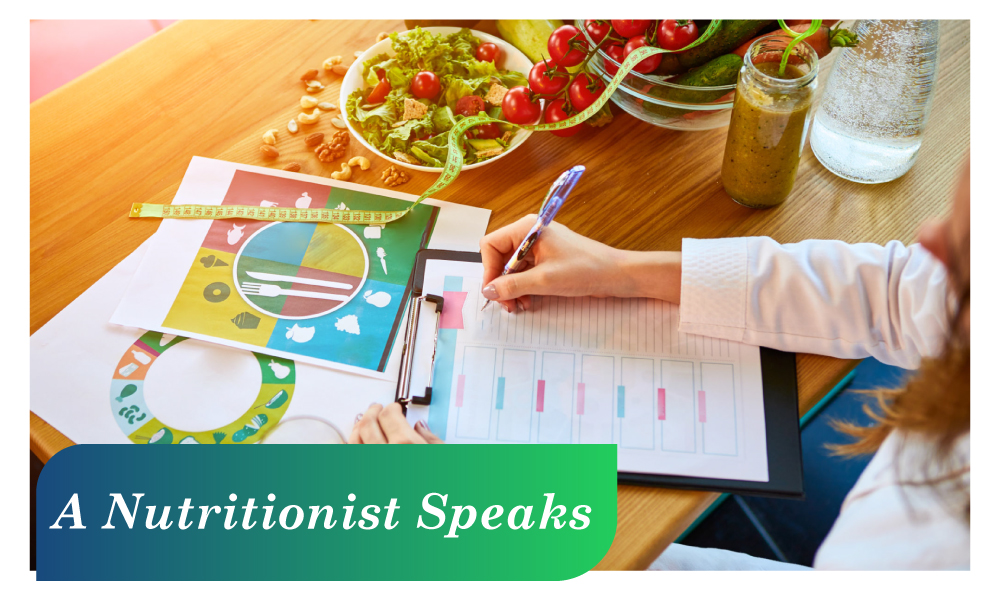
In terms of adequate nutrition needs, be it for women or men, the broad things to keep in mind are certain basic principles known as ‘dietary goals’.
As recommended by the various expert committees of WHO:
(a) Proteins should account for 10-15% of the daily energy intake.
(b) Fats should be limited to 15-30% of the daily energy intake. Out of this, saturated fats shouldn’t be more than 10% and the remaining to be derived from unsaturated vegetable oils.
(c) The remaining energy should be derived from carbohydrates. Some amount of carbohydrate rich in natural fibre should be taken whereas excessive consumption of refined carbohydrate is to be avoided.
(d) Salt intake shouldn’t exceed 5 g per day.
(e) Junk foods which supply empty calories should be reduced.
Unfortunately, in India, we have certain groups which are prone to suffering from nutritional deficiencies. One such group is under-5 children and one of the most alarming health issues which we see in them is malnutrition.
As per the recent report of NFHS-5 (2019-21), the nutrition indicators for children under 5 years have improved very slightly as compared with NFHS-4 (2015-16). We have:
- Stunting(low height-for-age) has reduced from 38.4% to 35.5%.
- Wasting (low weight-for-height) has reduced from 21.0% to 19.3%.
- Underweight(low weight-for-age) prevalence has reduced from 35.8% to 32.1%.
- The most alarming thing is the rise in anemia– from 59% in NFHS-4 to 67% in NFHS-5.
Analysing the above data, it seems that the target of UN Sustainable Development Goal (SDG) 2.2: “ending all forms of malnutrition by 2030 for children under 5”, isn’t going to be met.
57% of women are anaemic as per NFHS-5 in comparison to 53% reported by NFHS-4. The anaemia is much higher among adolescent girls. It has gone up from 54% in 2015-16 to 59% in 2019-21.
In general, the most frequent cause of nutritional anaemia is iron deficiency and less frequently, folate or vitamin B12 deficiency. Iron deficiency can arise due to:
- inadequate intake via diet.
- poor bioavailability (i.e. absorption) of dietary iron.
- excessive losses of iron from the body eg: infections, infestations, menstrual loss, teenage pregnancies etc.
Nutrition can be defined as the science of food and its relationship to physical health. But as we all know, the WHO definition of health is : ‘the complete physical, mental & social well-being of a person, and not merely the absence of any disease or infirmity.’
So, the physical aspect of our health is affected by our choice of food. You are what you eat and if we succeed in taking care of our bodies, then we can achieve the next goal i.e. sound mental health. As the saying goes: A healthy mind in a healthy body. And when we have secured both, social well-being follows automatically. And when all three are at optimum levels, that’s when you have achieved good health.


0 Comments